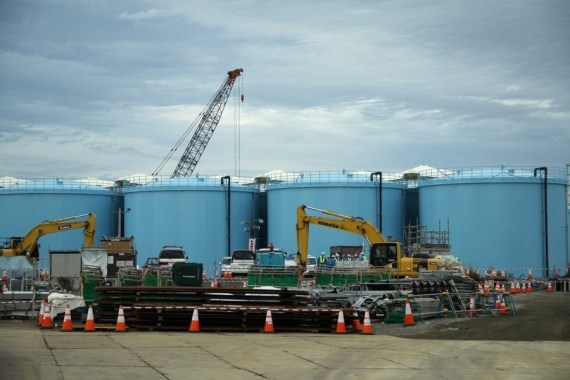Seoul: Japan’s release of contaminated water from the crippled Fukushima nuclear power plant has been carried out stably and as planned, with no abnormalities detected so far, a South Korean official said on Friday.
Tokyo initiated the discharge of contaminated water a day earlier, a process expected to span more than three decades, despite lingering health and environmental concerns from neighboring countries, reports Yonhap News agency.
“So far, the discharge is proceeding stably as originally planned, and it is understood that there are no abnormal situations,” said Park Ku-yeon, the first deputy chief of South Korea’s Office for Government Policy Coordination, during a daily briefing on the Fukushima issue.
Park also emphasised that the Seoul government is thoroughly monitoring and analysing the ocean discharge process through a “double hotline” between the regulatory and diplomatic authorities of the two countries.
The two sides earlier agreed to swiftly share information in case of an abnormal situation at the discharge facilities.
“The government will take its best measures to continue monitoring so that there will be no impact on people’s safety and health,” Park said.
More than a million tonnes of water stored at the nuclear plant will be discharged over the next 30 years.
Hit by the magnitude-9.0 earthquake and an ensuing tsunami on March 11, 2011, the Fukushima plant suffered core meltdowns that released radiation, resulting in a level-7 nuclear accident, the highest on the International Nuclear and Radiological Event Scale.
The plant has been generating a massive amount of water tainted with radioactive substances from cooling down the nuclear fuel in the reactor buildings, which are now being stored in about 1,000 storage tanks.
Plant operator Tokyo Electric Power Company (TEPCO) said it plans to carry out the first round of release over the next 17 days to discharge 7,800 tonnes of the radioactive wastewater.
In the current fiscal year through next March, a total of 31,200 tonnes are slated for discharge, equivalent to the storage capacity of 30 tanks, according to TEPCO.
The radioactive wastewater has been diluted as planned before being discharged via an underwater tunnel 1 km from the plant.
–IANS


Comments are closed.